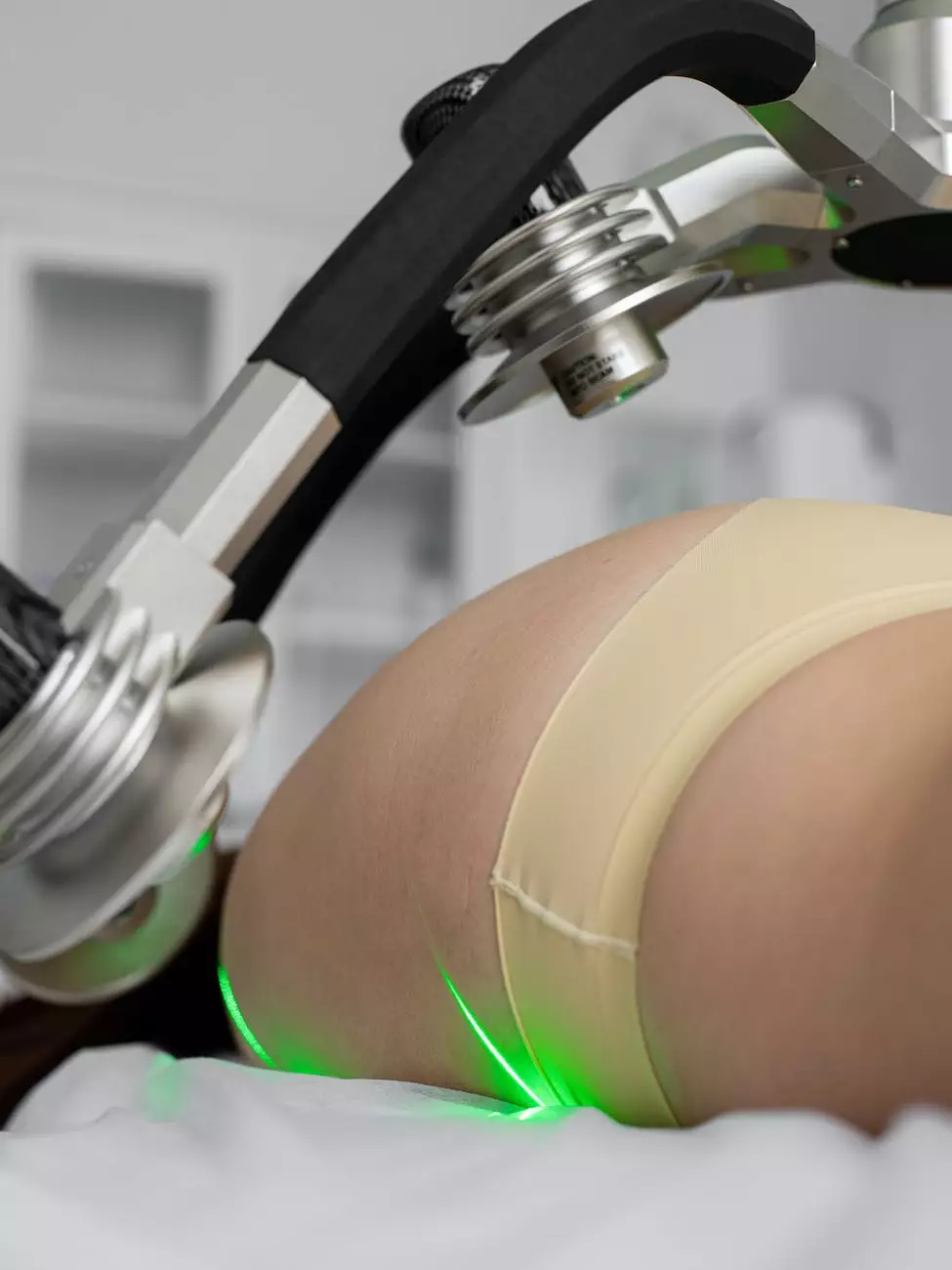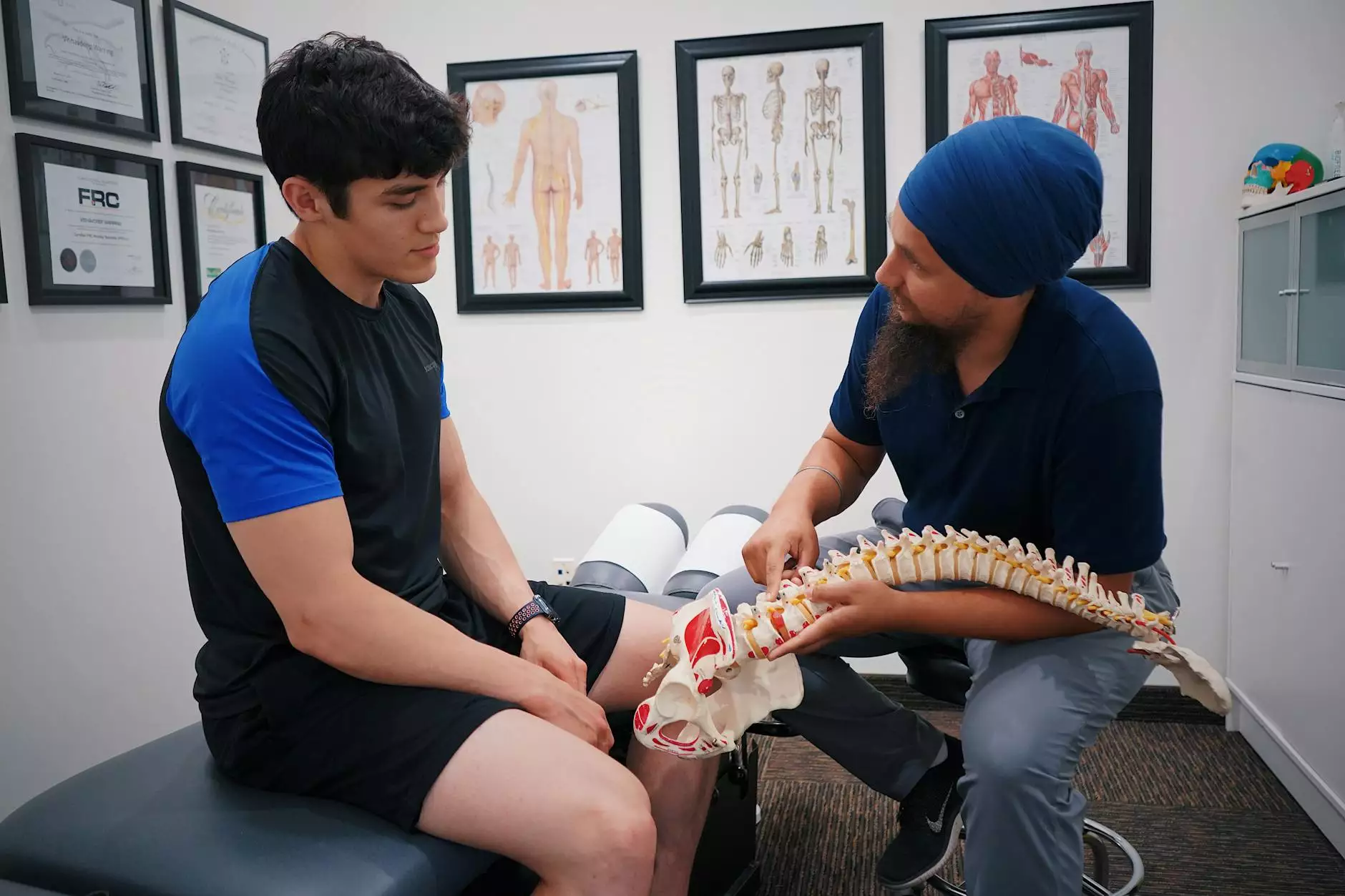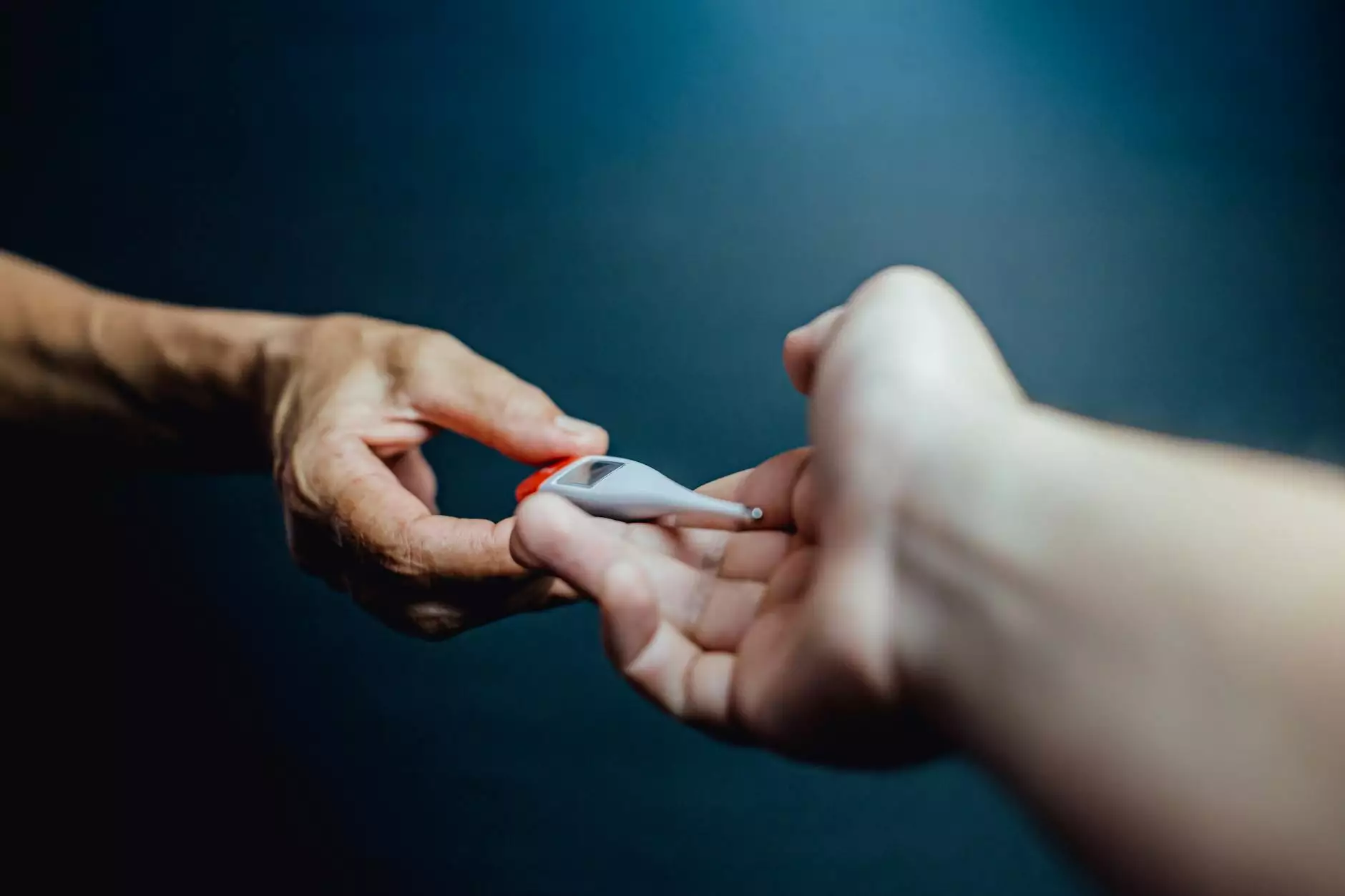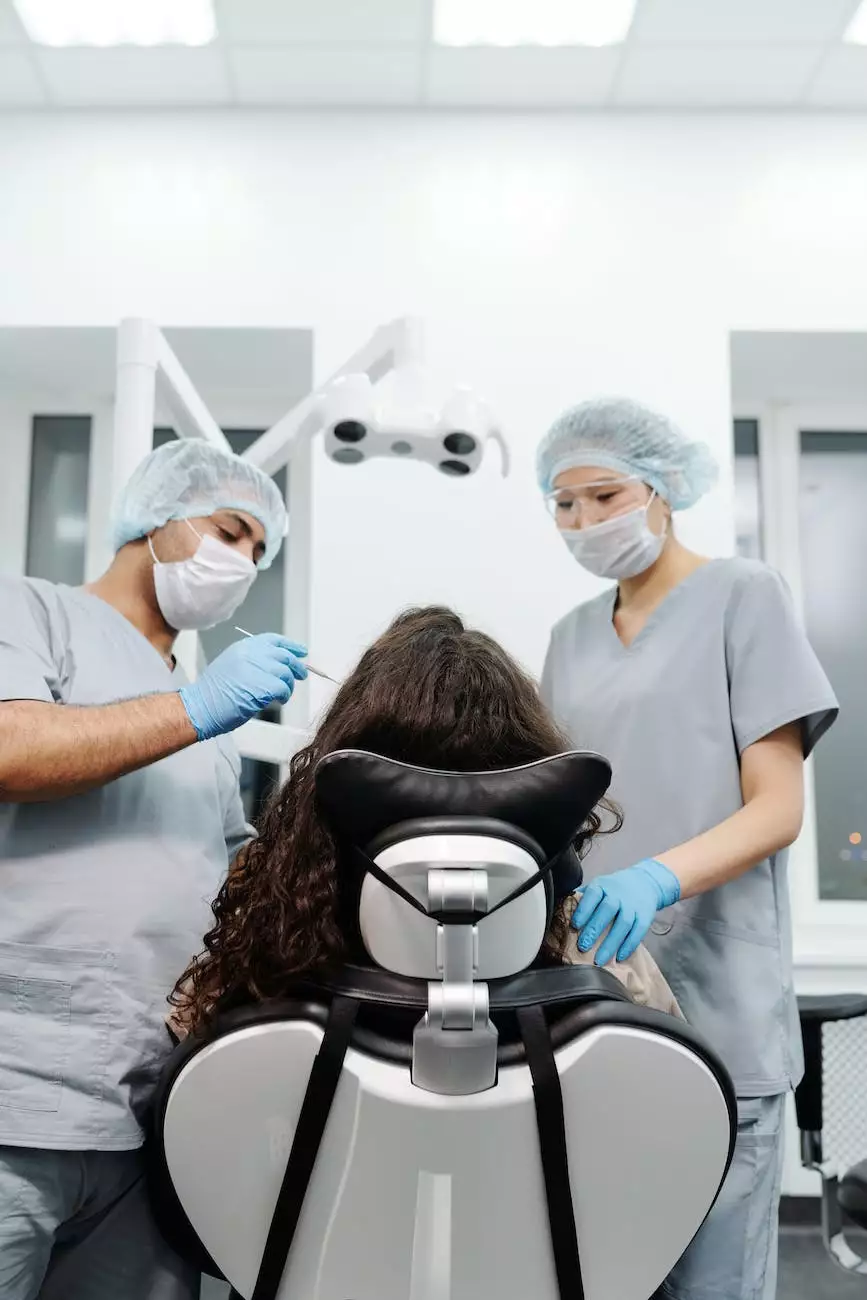Crutch and Walker Safety Preventing Falls and Injury

The Importance of Crutch and Walker Safety
Crutches and walkers are essential mobility aids that assist individuals in maintaining independence and mobility when recovering from injuries, surgeries, or experiencing functional impairments. However, it is crucial to ensure proper usage and adherence to safety measures to prevent falls and further injuries.
Understanding the Different Types of Crutches and Walkers
Before getting into the safety guidelines, let's briefly discuss the different types of crutches and walkers available:
Crutches
- Underarm crutches: These crutches involve placing weight on the underarms while gripping the handles.
- Forearm crutches: Also known as elbow crutches, these involve placing weight on the forearm while using the handles for support.
- Axillary crutches: These crutches have padded platforms that support the upper body weight under the armpits.
Walkers
- Standard walkers: These walkers have four legs, providing stability and support for individuals with balance issues.
- Rolling walkers: Also known as wheeled walkers, these have wheels on the front legs, making movement smoother and easier.
- Knee walkers: These walkers feature a cushioned platform on which the user rests their knee or shin of the injured leg, propelling themselves forward with the uninjured leg.
Crutch and Walker Safety Guidelines
Properly using crutches or walkers is vital to prevent accidents and injuries. Here are some important safety guidelines to follow:
1. Proper Fit and Adjustment
Ensure that your crutches or walker are adjusted to the correct height. The handgrips should be at the level of your wrists when your arms are relaxed at your sides. The top of the crutches or walker should align with the crease of your wrist or the bend of your elbow.
2. Weight-Bearing and Balance
Follow the weight-bearing instructions provided by your healthcare professional. Generally, you should either be partial weight-bearing or non-weight-bearing on the injured or weaker leg while using crutches or walkers. Maintain a wide base of support and keep your body balanced to prevent falls.
3. Proper Footwear
Wear supportive and well-fitting shoes or sneakers while using crutches or walkers. Avoid wearing loose-fitting slippers, heels, or shoes with slippery soles as these can increase the risk of slips and falls.
4. Moving and Walking
When walking with crutches or walkers:
- Crutches: Push down on the handgrips and swing through the crutches while taking short steps. Avoid bearing weight on the injured or weaker leg.
- Walkers: Stand between the back legs of the walker, lift the walker slightly, and move it forward. Then take a step forward within the walker's frame.
5. Stairs and Ramps
Exercise extreme caution when using crutches or walkers on stairs and ramps. If possible, use handrails for support and assistance. When going up, lead with the stronger or uninjured leg. When going down, lead with the crutches or walker, followed by the injured or weaker leg.
6. Household Safety
Make necessary safety adjustments in your home environment to minimize the risk of accidents:
- Remove hazards: Clear pathways of clutter, loose rugs, and obstacles.
- Add stability: Install grab bars in bathrooms, use non-slip mats near sinks, bathtubs, and showers.
- Improve visibility: Ensure that rooms are well-lit, especially in areas where you frequently walk.
- Secure carpets and rugs: Use double-sided tape or slip-resistant backing to prevent them from shifting.
7. Follow Healthcare Provider Instructions
Always follow the instructions provided by your healthcare provider regarding weight-bearing status, limitations, and recommended exercises. Attend scheduled follow-up appointments to monitor your progress and make any necessary adjustments to your treatment plan.
Conclusion
Understanding crutch and walker safety is crucial in preventing falls and injuries during your recovery process. By following the guidelines mentioned above, you can promote a safe and effective rehabilitation journey. Remember, always consult with your healthcare provider for personalized advice and recommendations.










